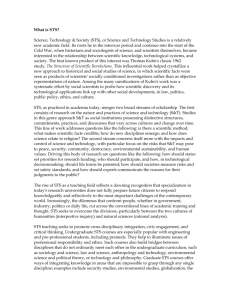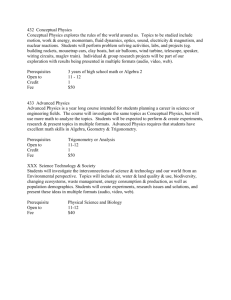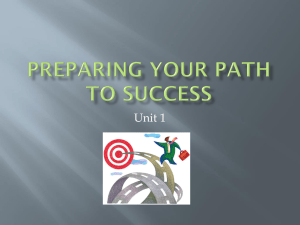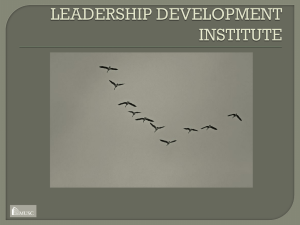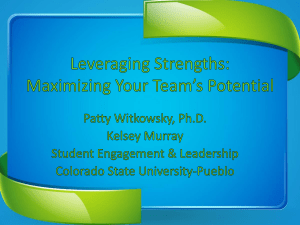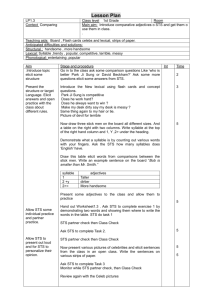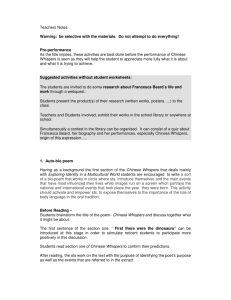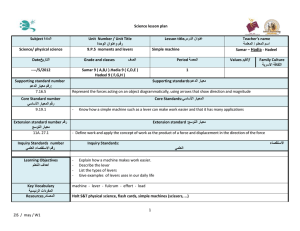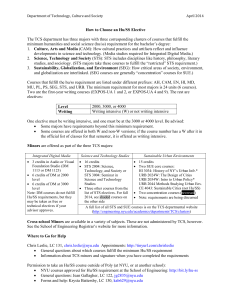20150114 RP #2 SBL, Torres, and McChrystal
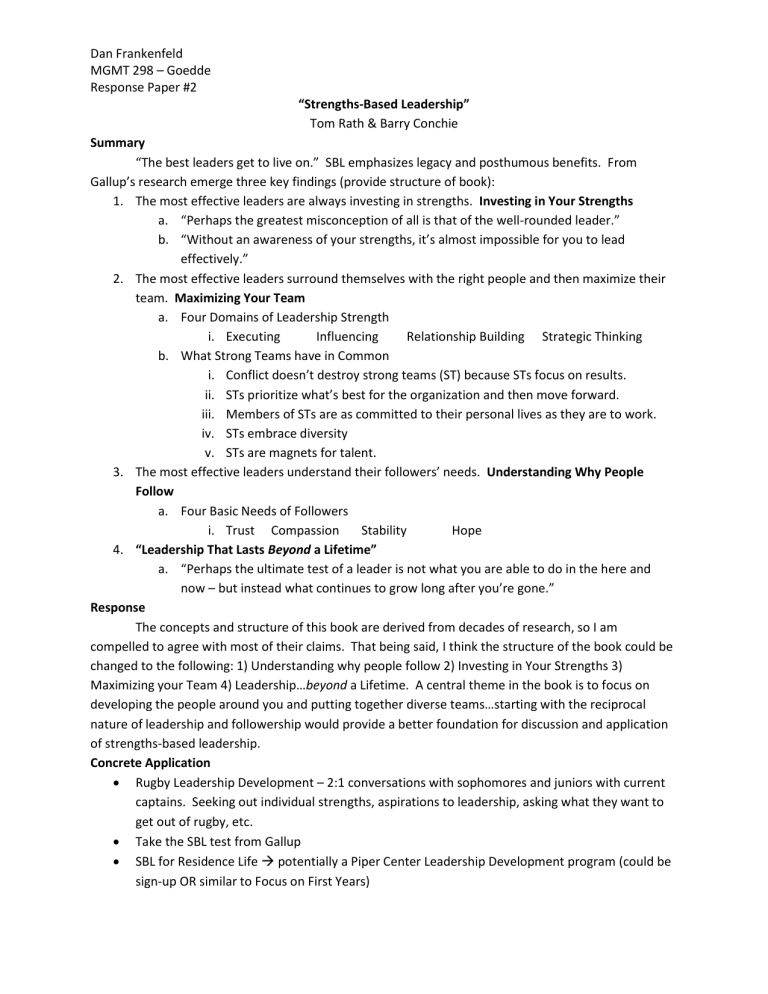
Dan Frankenfeld
MGMT 298 – Goedde
Response Paper #2
“Strengths-Based Leadership”
Tom Rath & Barry Conchie
Summary
“The best leaders get to live on.” SBL emphasizes legacy and posthumous benefits. From
Gallup’s research emerge three key findings (provide structure of book):
1.
The most effective leaders are always investing in strengths. Investing in Your Strengths a.
“Perhaps the greatest misconception of all is that of the well-rounded leader.” b.
“Without an awareness of your strengths, it’s almost impossible for you to lead effectively.”
2.
The most effective leaders surround themselves with the right people and then maximize their team. Maximizing Your Team a.
Four Domains of Leadership Strength i.
Executing Influencing Relationship Building Strategic Thinking b.
What Strong Teams have in Common i.
Conflict doesn’t destroy strong teams (ST) because STs focus on results. ii.
STs prioritize what’s best for the organization and then move forward. iii.
Members of STs are as committed to their personal lives as they are to work. iv.
STs embrace diversity v.
STs are magnets for talent.
3.
The most effective leaders understand their followers’ needs. Understanding Why People
Follow a.
Four Basic Needs of Followers i.
Trust Compassion Stability Hope
4.
“Leadership That Lasts Beyond a Lifetime” a.
“Perhaps the ultimate test of a leader is not what you are able to do in the here and now – but instead what continues to grow long after you’re gone.”
Response
The concepts and structure of this book are derived from decades of research, so I am compelled to agree with most of their claims. That being said, I think the structure of the book could be changed to the following: 1) Understanding why people follow 2) Investing in Your Strengths 3)
Maximizing your Team 4) Leadership…beyond a Lifetime. A central theme in the book is to focus on developing the people around you and putting together diverse teams…starting with the reciprocal nature of leadership and followership would provide a better foundation for discussion and application of strengths-based leadership.
Concrete Application
Rugby Leadership Development – 2:1 conversations with sophomores and juniors with current captains. Seeking out individual strengths, aspirations to leadership, asking what they want to
get out of rugby, etc.
Take the SBL test from Gallup
SBL for Residence Life potentially a Piper Center Leadership Development program (could be sign-up OR similar to Focus on First Years)
“What it Takes to be a Great Leader”
Roselinde Torres
Summary
What makes a great leader? Many companies fail to develop good leaders, and from her consulting experience, there are recurring stories that suggest the “leadership gap” is widening.
Claim: relying on traditional development practices will stunt growth. For example, 360 performance evaluations will give false positives.
Leadership in the 21 st century is defined and evidenced by three questions:
Where are you looking to anticipate change?
What is the diversity measure of your personal and professional stakeholder network? o Capacity to develop relationships with people who are different than you
Are you courageous enough to abandon the past? o Great leaders dare to be different and take risks.
“[Leaders are] Women and Men who are preparing themselves not for the comfort and predictability of yesterday, but for the realities of today and for the unknown predictabilities of tomorrow.”
Response (replying to questions that define Torre’s “21 st century leadership”)
Where are you looking to anticipate change? First and foremost I think I look to anticipate change internally (making sure I have the capacity to adapt to charging environments). I also think looking to anticipate change can relate to creativity and innovation, particularly as processes that we will use to solve problems that have, and haven’t yet, been defined.
What is the diversity measure of your personal and professional stakeholder network? As a student, I don’t have a large professional stakeholder network, but despite that I maintain a relatively diverse personal network through the people I interact with as well as the organizations in which I participate. I could certainly use improvement in this area, but I am also inclined to think this is very similar to “value proposition” of the liberal arts – taking ideas from different subject areas and developing the ability to synthesize and apply interdisciplinary concepts in a variety of ways.
Are you courageous enough to abandon the past? I am very confident about my ability to do this. I failed very significantly my sophomore year (SGA impeachment), and have learned more from that failure about myself, how to learn from mistakes, and how to maintain a future-oriented perspective than most of my successes.
“Listen, Learn, then Lead”
Stanley McChrystal
General Review, Core Concepts, and Important Quotes:
Narrative story with commentary, including traditional and personal stories of leadership.
Leadership by humiliation. Leaders can let you fail and yet not let you be a failure.
Need for leadership that emphasizes the importance of trust and building faith (relationships).
A leader isn’t good because they are right, a leader is good because they are willing to learn and trust.
Response:
Good generic and general narrative story that emphasizes the importance of failure/learning, trust, and relationships. “Leadership by humilifaation” is an interesting perspective, though I think humiliation is more of a mechanism to learn how to fail, recover/learn, and move on than is suggested by McChrystal.


